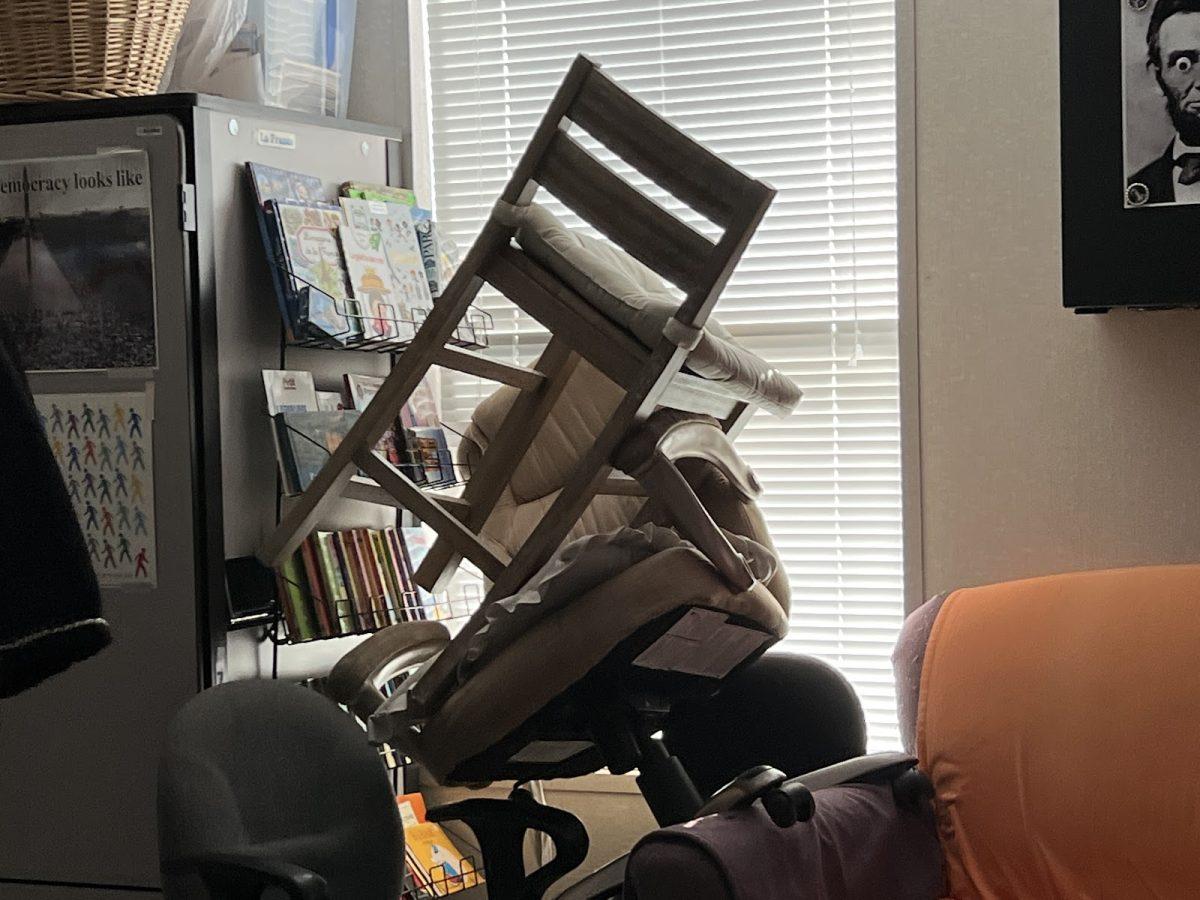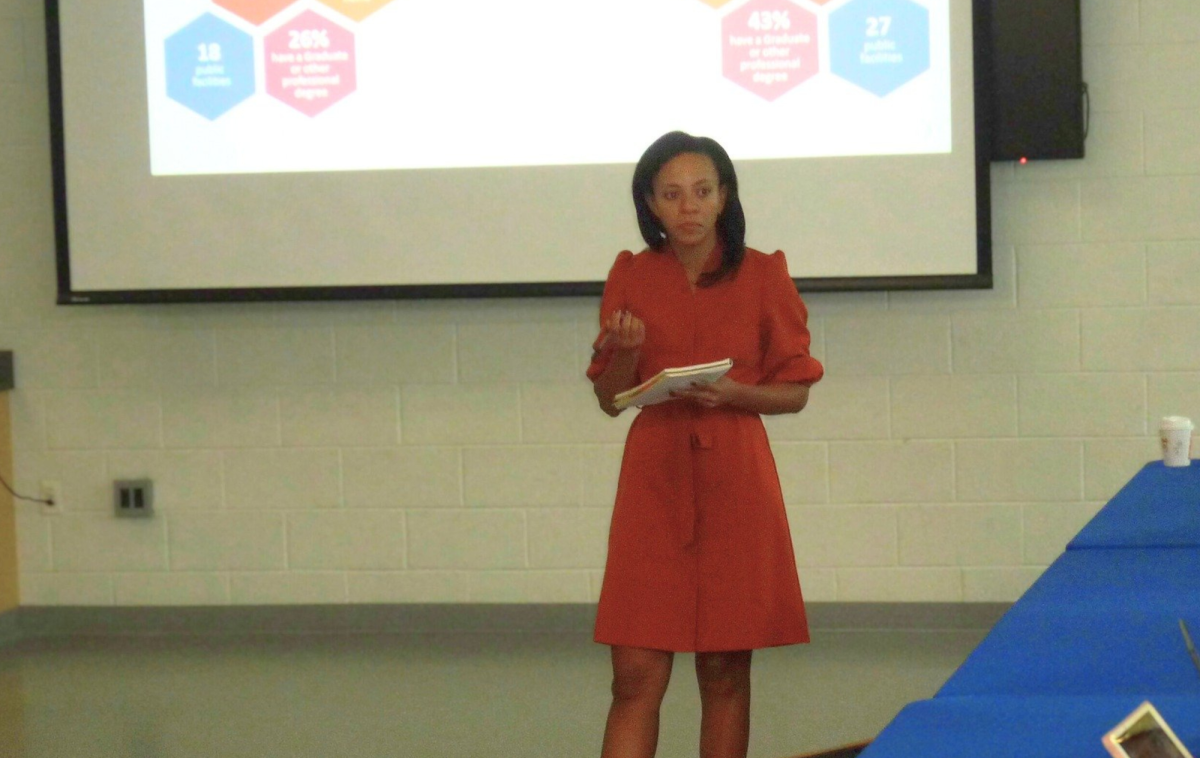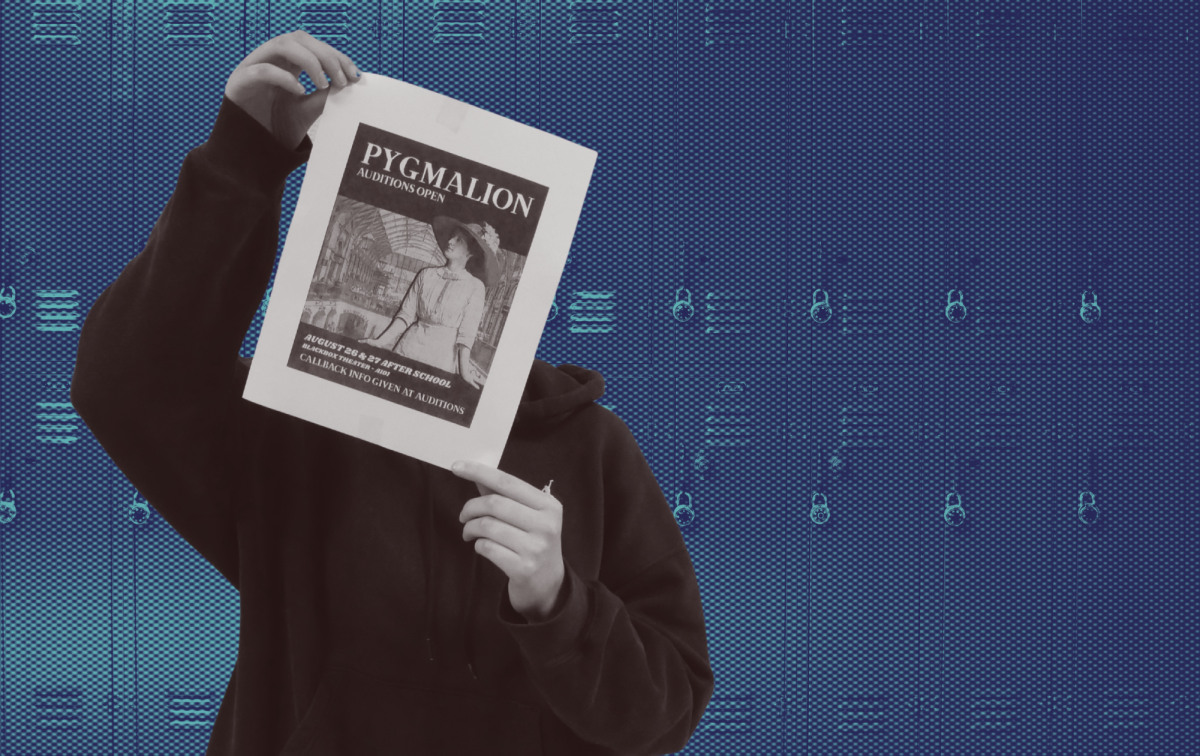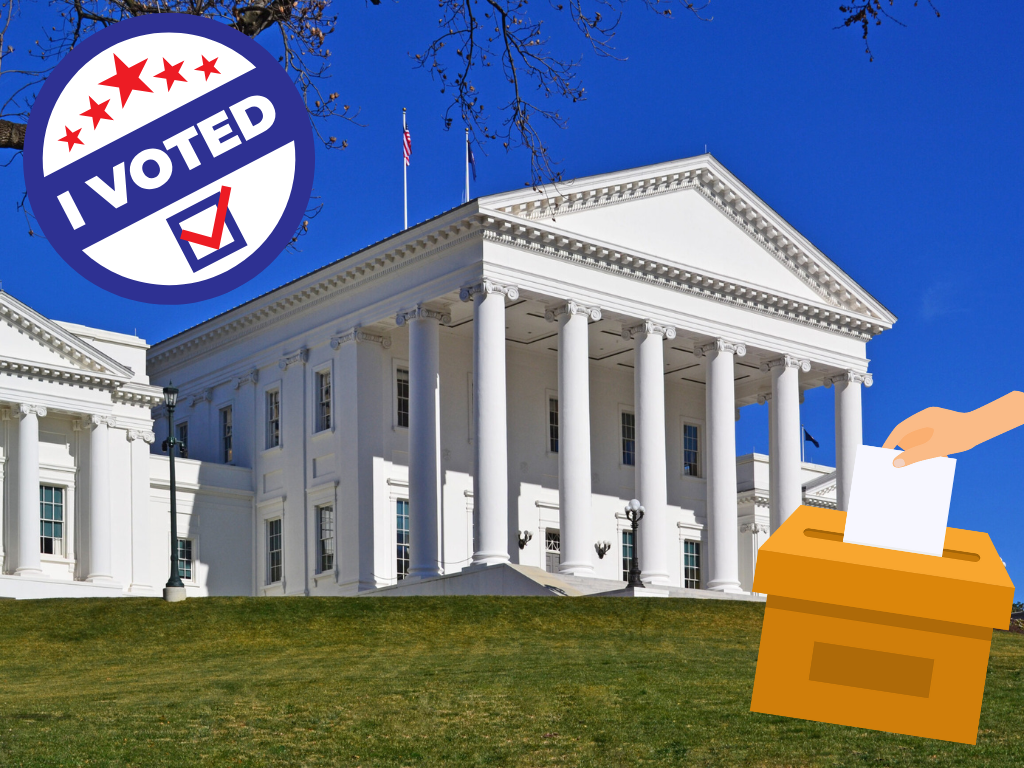When the beep of the loudspeaker sounds in the middle of third period, the room falls silent. Eyes flash up as everyone holds their breath. Just over a year ago, during the morning of October 6, 2021, the PA system notified a building of 10-12th graders that the school was placed in lockdown. As the lights were turned off and blinds were pulled, the lockdown bled into lunch. Some teachers continued with their lessons. Phone screens lit up, and the words “an abundance of caution” flooded the thoughts of thousands of kids behind locked doors. A few hours later, the student with a gun was escorted away by police with no injuries, but the impact lingered. How do we get past this?
“It feels terrifying because you never know when a school threat might happen,” said junior Gabriel Enrique, immediately after participating in the schoolwide ALICE drill. “Going through this is a little traumatizing for us, younger adults, and future students.”
Just this year, there have been 35 school shootings, including the tragic Uvalde, Texas school shooting in May that left 19 elementary schoolers dead. Uvalde thrust school safety back into the national conversation, including a second March for Our Lives rally taking place in D.C. Still, among teachers, shootings are more of a dark reality than a constantly relevant concern.
Being tall and male, social studies teacher Patrick Deville does not often worry about his personal safety at the school, but he acknowledged that the climate of teaching in the United States is volatile. “[School shootings] have been a part of my thought process since 1999 . . . There’s no real conversation in terms of ‘school shootings’,” said Deville. “We’re all numb to it, in the same way anyone else is. For the better part of my life, school shootings have been in the news with regularity.”
The crisis isn’t just about guns, but guns have taken the forefront of the conversation. When it comes down to it, gun control is often the key issue underlying the aftermath of these tragic shootings. Adeline Gent, a representative for March For Our Lives (MFOL) Wisconsin, spoke on the mission of the organization.
“As a whole, MFOL was for more counselors and mental health resources and less guns and resource officers and cops in school. It’s statistically proven that more guns equals more violence, which has been an important part of understanding how we can tackle all kinds of different issues. It’s a pretty basic setup; if there’s more of something, there’s often causation for something else,” said Gent.
U.S. Representative Don Beyer said he has doubts about the idea of entirely removing guns but that gun policy is still crucial. “One of the classic cases is gun-free school zones; it sounds really nice, but somebody who wants to bring a gun to school is mostly unconcerned about the law. One of the most important things we could do, interestingly, is repeal gun manufacturers’ immunity for civil suits. If we want to have liability, it will change the behavior immensely.”
Unfortunately, the reality of school shootings is only one component of a much more extensive problem. Especially since the COVID-19 pandemic, school safety means a lot more than shooting prevention. From drug overdoses, health inequities, police officers and the violent effects of two years of isolation, American schools are far from safe havens. Not all communities view the scale of issues the same.
International Academy social studies teacher Gabriel Elias emphasized those differences. “The stuff that I don’t worry about, other teachers worry about. I’ve been surprised how many teachers are scared about school shootings, whereas when I was thinking about [student resources officers (SROs)] and their roles, I really wanted them to work in gang prevention, because that’s where I felt things would fall apart.”
Specifically, the nationwide fentanyl epidemic has added another dimension to the conversation. School security officers are currently being trained in the admission of Narcan, a life-saving drug administered to those undergoing a fentanyl overdose, and SROs are already trained in them. After Interim Superintendent Dr. Melanie Kay-Wyatt released an official video on the opioid crisis in ACPS on October 21, ACPS Director of School Social Work Faiza Jackson addressed ACPS’ strategy in handling the crisis at an October public safety forum.
“I think it’s a scary time for all of us when we think about our kids’ safety and the way that opioids present such a high level of risk. On the student services team, we do specifically have substance abuse youth counselors, but we also see this as a tiered approach. What we think is incredibly important . . . is prevention and education. So, we need to make sure that students understand what the risks are,” Jackson said.
When asked if students can reach out for support without fearing legal charges, Jackson said, “We want students to reach out for help as needed. Our goal is to respond from a place of support.”
The student resource officer (SRO) debate, although winding down from last year, still holds an important spot in the conversation about school safety. After the city council initially voted to remove police officers in schools last May, a nationwide conversation about the role of policing became entwined with the safety of children. Groups such as “Return SROs to ACPS” popped up on Facebook, and local news articles quoted anonymous parents concerned for their children’s future. By October, the city council reinstated the program.
“If you’re going to have law enforcement or public safety officers, they’re going to be better trained,” said Representative Beyer. “Arlington, Alexandria, DC— all of these offices are down hundreds of [personnel] . . . They just hear ‘defund the police’ even though very few jurisdictions are defunding the police. To change that, [we have to] attract the brighter, more mature and more stable police officers; making it a valued profession people really want to be a part of would help, and it would certainly help in the schools . . . In Alexandria, one of the things [Alexandria Police Department Chief] Don Hayes has done is try to get his force to go through mental health training…Which is great.”
Junior Eliana Rougle doubted that SROs encompass the entire issue. “Having their presence could be a deterrent, but it’s not like [SROs] are helping you work through those problems, they’re just stopping them . . . [SROs] don’t personally make me feel safer. I think the solution would be more like community and mental health support, because that would probably treat the cause,” she said.
Dr. Kay-Wyatt stated that ACPS “greatly appreciates” the memorandum of understanding (MOU) and partnership between ACPS and the Alexandria Police Department. The Student Law Enforcement Partnership (SLEP) committee is currently working to develop and refine that relationship.
Beyond individuals, infrastructural improvements within ACPS have been made this year. At the October public safety forum, panelists including John Contreras, the ACPS Director of Safety & Security Services, explained that all schools now have an “intrusion” system that is activated after everyone leaves to prevent outsiders from entering the building. Additionally, increased youth mentoring through the Alexandria Gang Prevention Task Force and multi-tiered support intervention aim to foster decision-making skills outside of the classroom.
In regards to if these systems are working, Contreras said in October that the 2022-23 school year has been “a bit calmer” and so far, has had less “overall incidents”
Junior Thomas Lane brought up the size of ACHS as being pertinent to analyzing how and why incidents take place. “Although there have been fights and incidents that are going to happen with a school this massive, if you can avoid that stuff, the school is mostly safe. The shooting drills and stuff are more of a problem with the country as a whole, as unfortunate as it is,” he said.
From nationwide issues like gun regulation to local debates over metal detectors (when brought up at the safety meeting, Contreras said that “everything’s on the table”), school safety reflects the community, state and nation.
“If you have a piece of fabric, and it starts to tear in one corner, it’s going to continue to tear. That’s exactly what I think of gun violence prevention as. If we continue to pick at gun violence prevention and continue to have huge problems starting to be fixed, it will continue to unravel and tie into racial justice, gender equality, equal pay and all these other issues that are so important,” said Gent.
“The things that affect schools don’t stop at the walls. These are community problems,” said Elias.“We have to decide which way we want to go, it’s not solving itself.”
Additional reporting for the October 26 public safety forum provided by Theogony staff writer Rory Patterson








